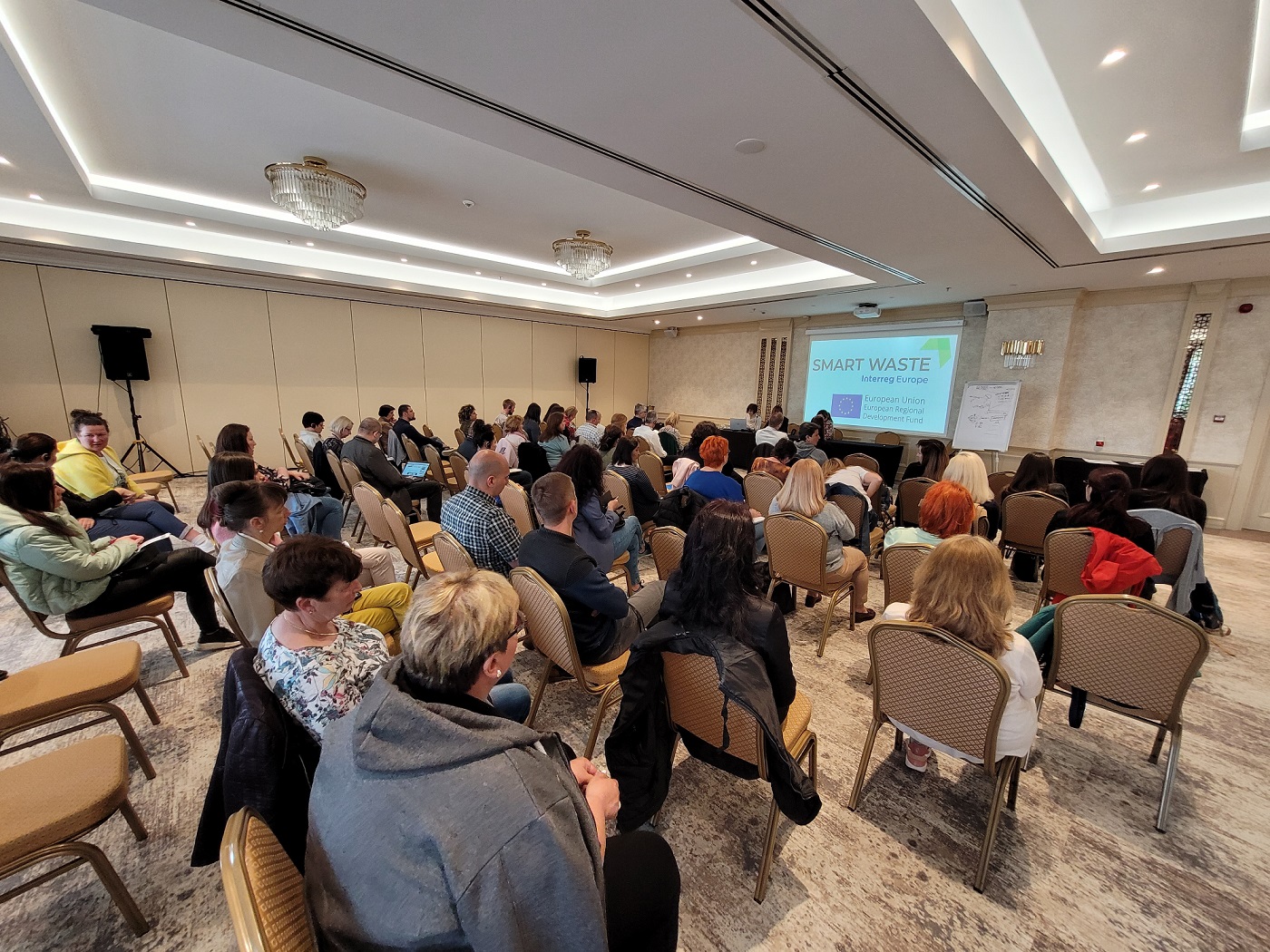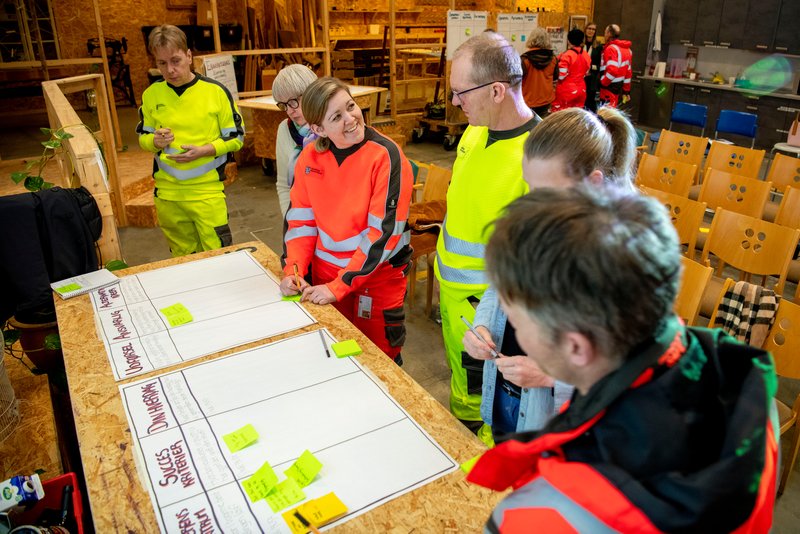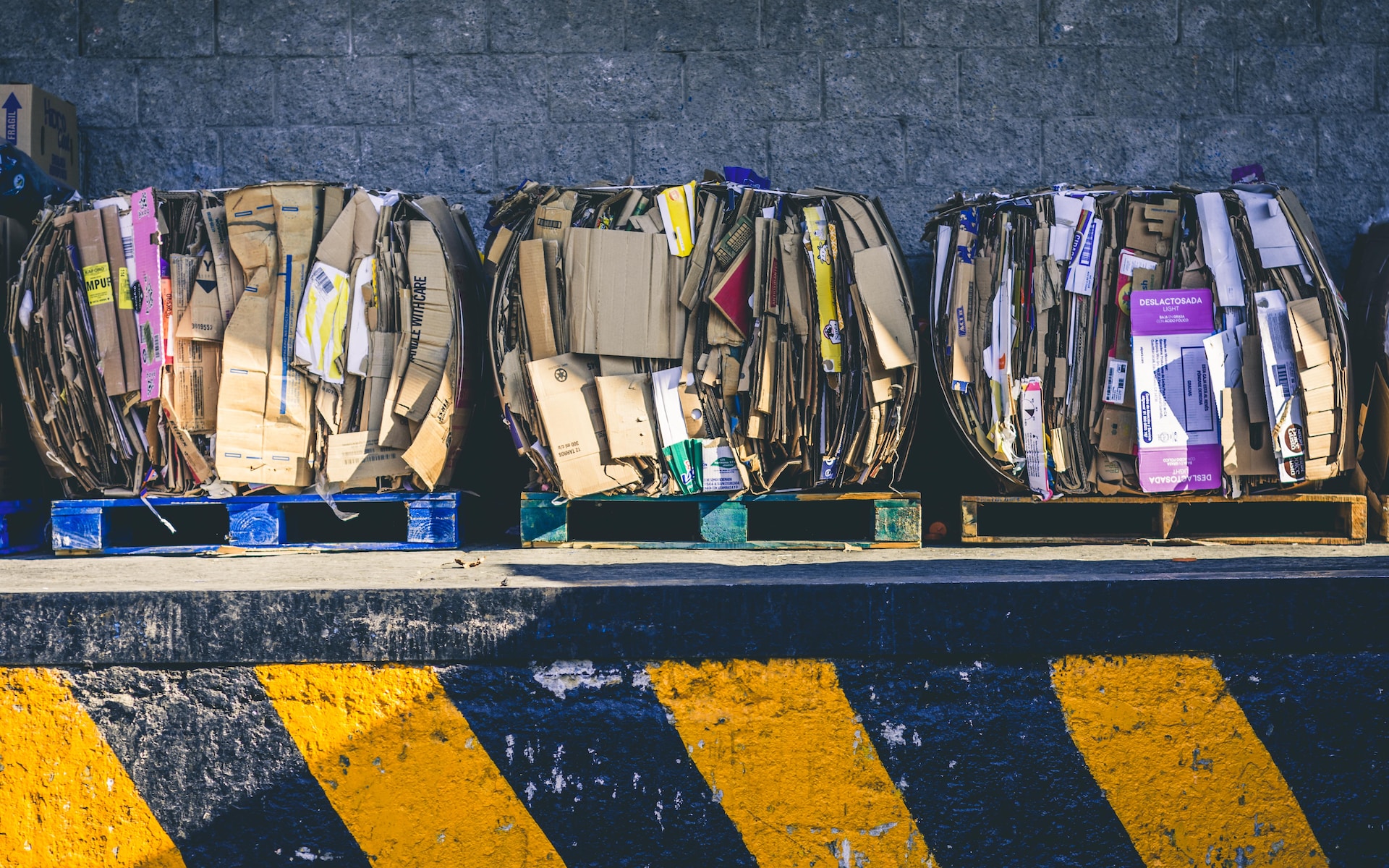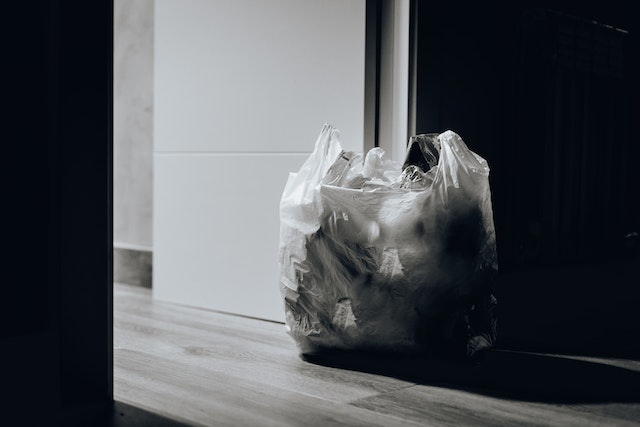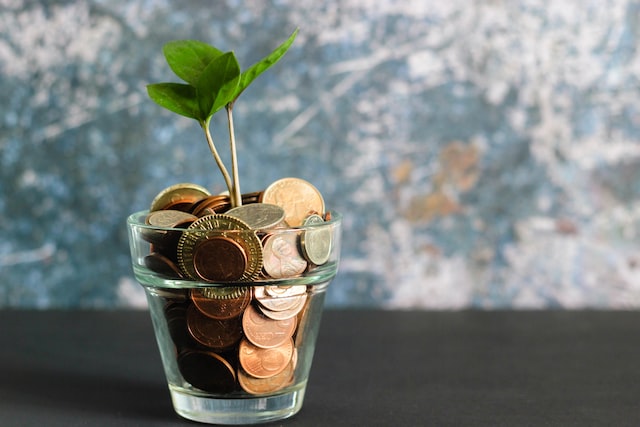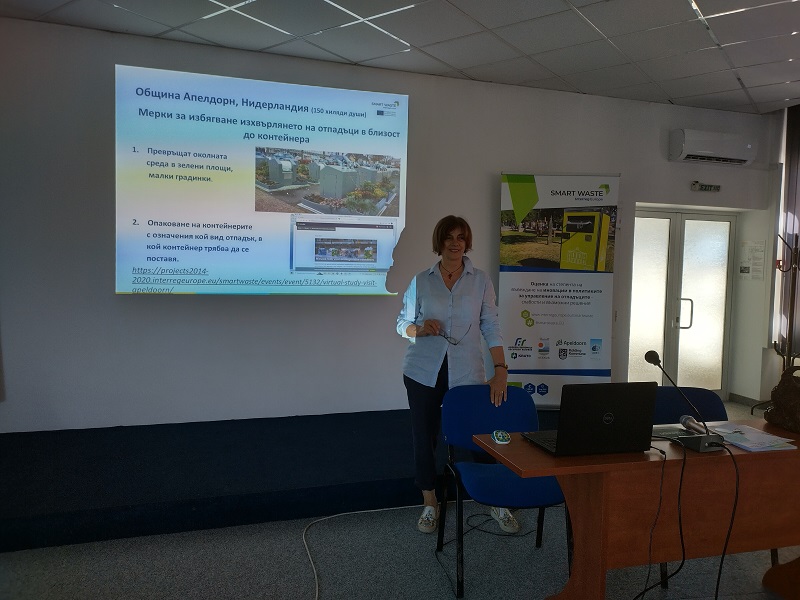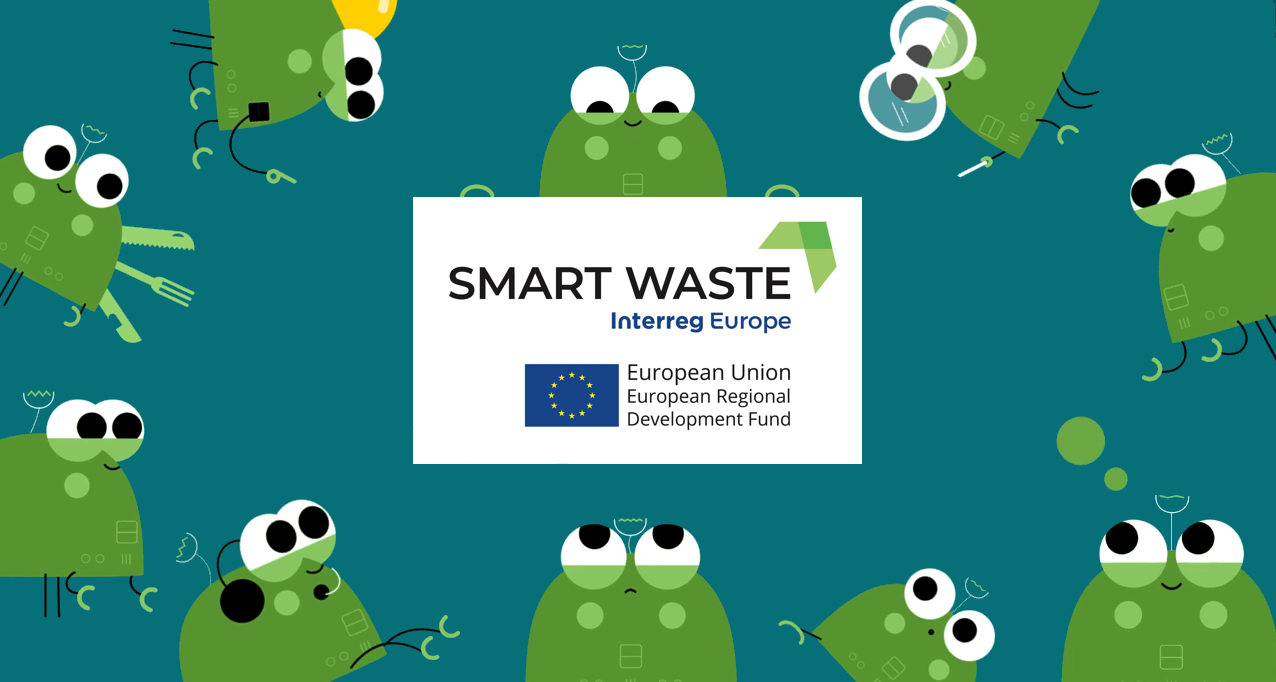The European Green Deal, the Circular Economy Action Plan and the Industrial Strategy identified textiles as a priority sector in which the EU can pave the way towards a carbon neutral, circular economy, and announced an EU Strategy on textiles. Taking this into consideration, during 2021 the European Commission (EC) published a Roadmap of the EU strategy for sustainable textiles for public consultation.
According to the Roadmap, the textile sector is a resource-intensive sector with important climate and environmental impacts. Textile consumption is the fourth highest pressure category in the EU in terms of use of primary raw materials and water (after food, housing and transport), and fifth for GHG emissions (according to EEA). Moreover, textile value chains are recognised as being long, globalised and diverse.
The aim of the initiative is to set in place a comprehensive framework to create conditions and incentives to boost the competitiveness, sustainability and resilience of the EU textile sector, taking into account its strengths and vulnerabilities, and also addressing its environmental and social impacts. It will provide support to technologies, including through digitalisation, related to innovative textiles, tackling the release of microplastics, manufacturing and recycling processes in order to contribute to the digital and green transition. To boost the EU market for sustainable and circular textiles, the initiative might consider setting targets to significantly step up reuse and recycling efforts as well as green public procurement in the EU.
Moreover, the initiative will propose actions to make the textile ecosystem fit for the circular economy, addressing weaknesses regarding sustainable production, sustainable lifestyles, presence of substances of concern, improving textile waste collection and recycling in the Member States as well as capacity building (also for skills), taking into account the whole value chain, with a focus on possible approaches for improving design for sustainability (ensuring the uptake of secondary raw materials and tackling the presence of hazardous chemicals, among others). It will also promote voluntary approaches such as the EU Ecolabel and look into maximising the synergies within the New Consumer Agenda and the Bauhaus initiative.
The role of extended producer responsibility (EPR) in promoting sustainable textiles and treatment of textile waste in accordance with the waste hierarchy will also be considered, and the implementation of the legal obligation to introduce separate collection of waste textiles by 2025 will be supported.
The EU strategy for sustainable textiles will help the EU shift to a climate-neutral, circular economy where products are designed to be more durable reusable, repairable, recyclable and energy-efficient. It will provide a comprehensive legal framework to support economic competitiveness, circularity and environmental sustainability along the whole value chain in the textile sector, from production to consumption, calling for action all stakeholders involved, from textiles producer to consumers and public administrations.


